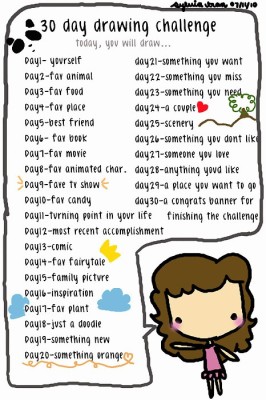Have you ever wondered:
- What was I coming into this room to get?
- What streets did I take to get here?
- What did he just say?
Obstacles to being Mindful:
- Tiredness
- Hunger
- Boredom
- Stress and Anxiety
The Good News!
Teachers can directly fix some of these obstacles. For example, a teacher can supply a hungry student with a snack, or control boredom with an engaging lesson.
The Best News!
It doesn’t take much time to help students become more mindful.
Some Mindful Techniques to Offer Your Class as a WHOLE:
- Meditation (You may use videos as the ones provided by Go Zen! or GoNoodle)
- Listen to Soft Calming Music
- Journaling (Ex. Gratitude Journal, List of Things You See or Hear, write a poem, etc.)
- Gazing out the Window or at a Picture
- Create a Drawing
Sometimes students need a moment to step away from a situation or activity that is causing them distress in the classroom, but you don’t want to stop the entire class to participate in a “Mindful” activity. You can teach students how to identify the emotions they are feeling, and instead of reacting to them, they can find a quick activity that can help redirect their negative feelings. This will then allow them to refocus on the task at hand quickly and effectively.
Some Other Mindfulness Techniques Students can use INDIVIDUALLY:
- Go for a Mindful Walk
Take a minute to walk around outside paying attention to the movement of your body, look around being aware of what you see, or close your eyes and listen to the sounds around you.
- Play with Play-Doh or a Stress Ball
Squeeze the Play-Doh or stress ball tightly and hold it for three seconds. Slowly release the grip watching as the shape changes.
- Pick up a Sensory Water Bottle and Observe It
Shake is softly, place it on a table and watch the glitter slowly make its way down to the bottom of the bottle.
- Grab a Minute Timer and Watch the Sand Descend
Grab a sand timer, flip it, and watch the sand descend into the bottom half.
Various Mindfulness Reference Activities Students can Do After Brainstorming Techniques:
- Draw a Mindful Picture with Techniques Shown
- Make a List in a Journal
- Make a Flip Book
- Write Top Five Options on an Index Card to Place in a Binder
- Complete a Class Anchor Chart
Which ever follow-up activity you select, it should result in a resource that students can refer back to when they need some time to refocus themselves into the present moment.
Books You Can Use in the Classroom to Support Mindfulness:










Such a great post! I am excited to join you in teaching my students all about mindfulness!
Pink Ink and Polka Dots
Thank you! I am very excited about it as well. So glad to know you will be joining me on this journey. =)
This comment has been removed by a blog administrator.